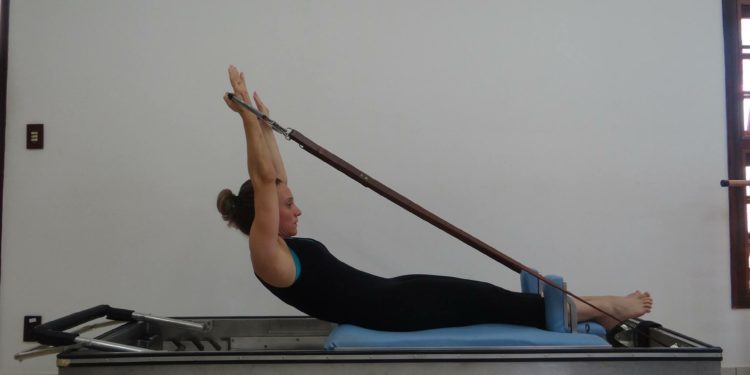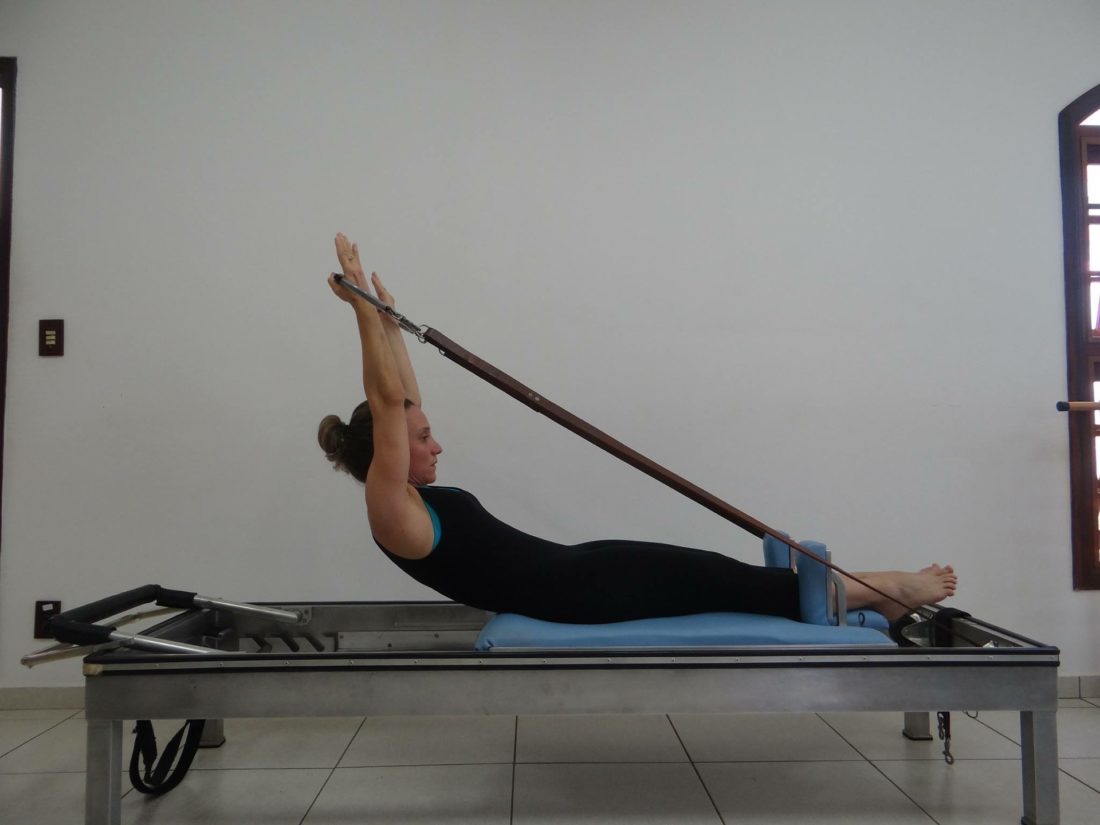3 Methods for Vertigo Relief Using Physical Therapy

 Vertigo is a condition that impacts people of all walks of life, at many points during life. Vertigo originates in the inner ear and directly impacts the body’s ability to balance. Dizziness and imbalance are common issues that lead millions of Americans to seek medical care, as it can be quite scary, as it occurs suddenly. People of any age can experience vertigo, and the risk of experiencing this condition increases as you age. Symptoms of vertigo include dizziness, vomiting, headaches, and total loss of balance. There are many treatments for vertigo which include head positioning maneuvers, balance therapy, and psychotherapy. Often times physical therapy is an effective way to treat vertigo with minimal risks. Let’s take a look at a couple of popular physical therapy and bodily maneuvering therapies for vertigo treatment.
Vertigo is a condition that impacts people of all walks of life, at many points during life. Vertigo originates in the inner ear and directly impacts the body’s ability to balance. Dizziness and imbalance are common issues that lead millions of Americans to seek medical care, as it can be quite scary, as it occurs suddenly. People of any age can experience vertigo, and the risk of experiencing this condition increases as you age. Symptoms of vertigo include dizziness, vomiting, headaches, and total loss of balance. There are many treatments for vertigo which include head positioning maneuvers, balance therapy, and psychotherapy. Often times physical therapy is an effective way to treat vertigo with minimal risks. Let’s take a look at a couple of popular physical therapy and bodily maneuvering therapies for vertigo treatment.
One of the most well known treatments is the Epley maneuver or the canalith repositioning. During this vertigo treatment the patient is seated, while the health care professional turns the patient’s head 45 degrees horizontally towards the affected ear. The doctor then tilts the person backward with their head kept in place. During the treatment, it’s possible the patient can experience dizziness, but usually, that stops within 60 seconds. It is best practice and advised for the patient to stay in this position until their symptoms subside. The doctor will continue to reposition the person until the therapy is complete. These specific head movements cause the loose crystals, or canaliths, within the inner ear to reposition and hopefully alleviate the issue. Many patients can feel dizzy during these treatments so it is important to communicate with the professional aiding in your relief about how you are feeling. In some cases, the therapist could have the patient do a modified procedure at home as it could take multiple treatments to fully recover back to a normalized state.
Another widely known and popular exercise that can help symptoms of positional vertigo is the Brandt-Daroff exercises. This exercise starts in an upright position. Then the patient is asked to lay flat from a seated position with their head pointed away from the side that causes vertigo and then repeated on the opposite side until the dizziness or symptoms subside. This needs to be repeated multiple times daily for the best benefit, until symptoms have fully subsided and the patient has fully regained balance.
These are the top two techniques for relief, but more certainly exist if these do not provide optimal results. Symptoms could be caused mostly by inner ear issues but also could be a result of nerve damage, brain injuries, or muscle weakness from getting older. There are many more out there, and some will work for part of the suffering population, while other techniques will work best for others. As always, it is vitally important to consult with your doctor with any changes and seek their advice for medical treatment. Vertigo is an issue experienced for a few days up to a few weeks. At the first symptom of it, it’s best to seek medical attention and to have a trusted companion accompany you for safety, as falling and injuries as a result can occur.
